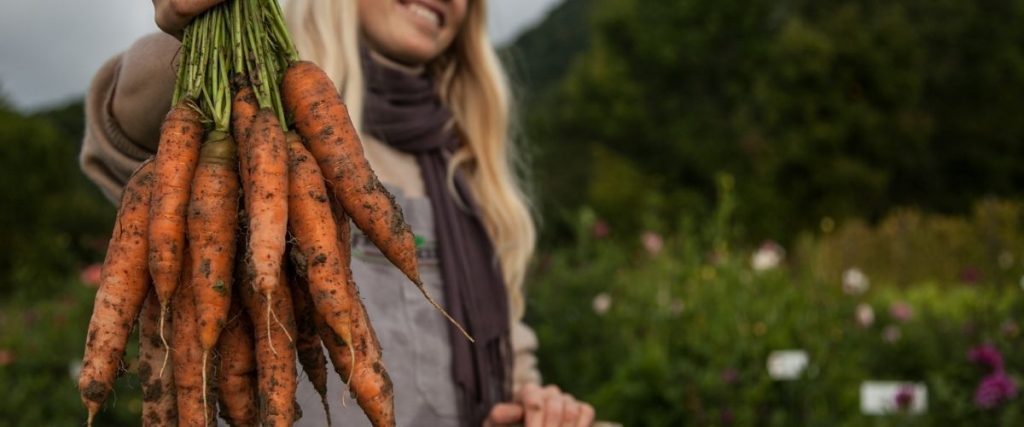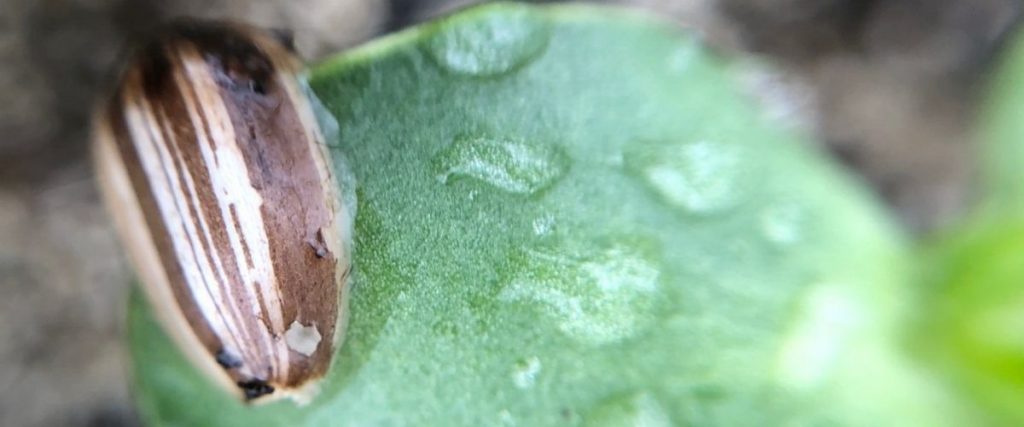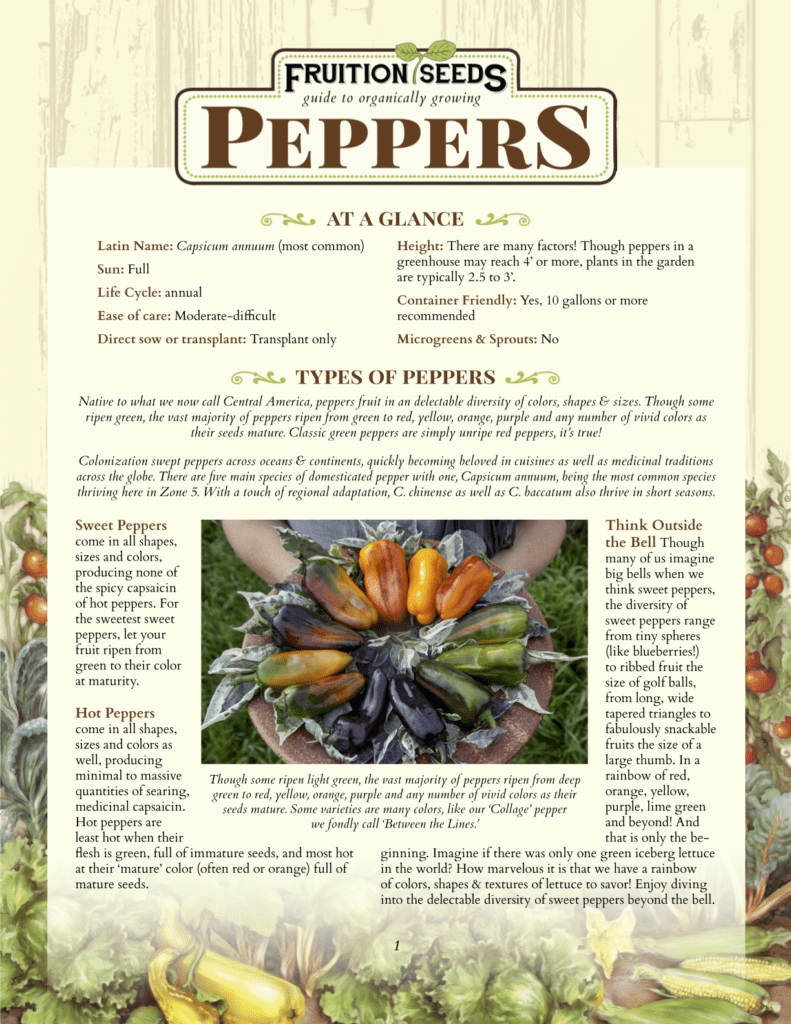When people ask if we have children, we say, ‘yes, and great-great-great grandchildren! And they grow us more than we grow them!’
Most sincerely, these seeds are our family.
Well-adapted to thrive in our short seasons, our organic seeds have remarkably early maturity and many share extraordinary cold hardiness as well as disease resistance. They also thrive well outside our bioregion, learn more here!
And are they delicious? Why else would we even share them!

And Friends, all our seeds are open-pollinated varieties for you to save and share. (You can also save seeds from our F1 tomato, Summer Sweetheart, however, they may not turn out true to type.) We celebrate and share both historical heirlooms as well as develop our own varieties with our community, as heirlooms of future generations.
We grow about sixty percent of our seed on our farm in Naples, NY, sourcing the balance from organic growers, mostly in the Northeast, who share our vision for regional adaptation. Learn more here!

Why Regionally Adapted?
The oaks that grow in New York are very different from the oaks growing in California: Seeds brilliantly adapt to the environments they grow in.
Most seeds are adapted to thrive in California, where much of our nation’s produce is grown. (Industrial food systems serve industry/business as usual, rather than regional markets.) Fruition’s focus is on flavor as well as:
- Early maturity (check out August Ambrosia, our super early watermelon)
- Cold hardiness (check out Red Russian Kale, our kale that overwinters uncovered)
- Disease resistance (check out Summer Sweetheart, Coyote & Chiapas our tomatoes that are resistant to Late Blight, Early Blight & Septoria Leaf Spot)
- Mold/Mildew resistance (check out Spacemaster 80, our cucumber that resists Powdery Mildew)
If you prefer lettuce from your garden, to lettuce shipped in from 2,000 miles away, we’re excited for you to experience regionally adapted seed in your garden!

Sow Seeds & Sing Songs,
& the whole Fruition Crew
ps
We made Fruition’s free Growing Library to surround us all with abundance for generations to come, including Growing Guides for many plants! Here’s page 1 of 7 for peppers:


